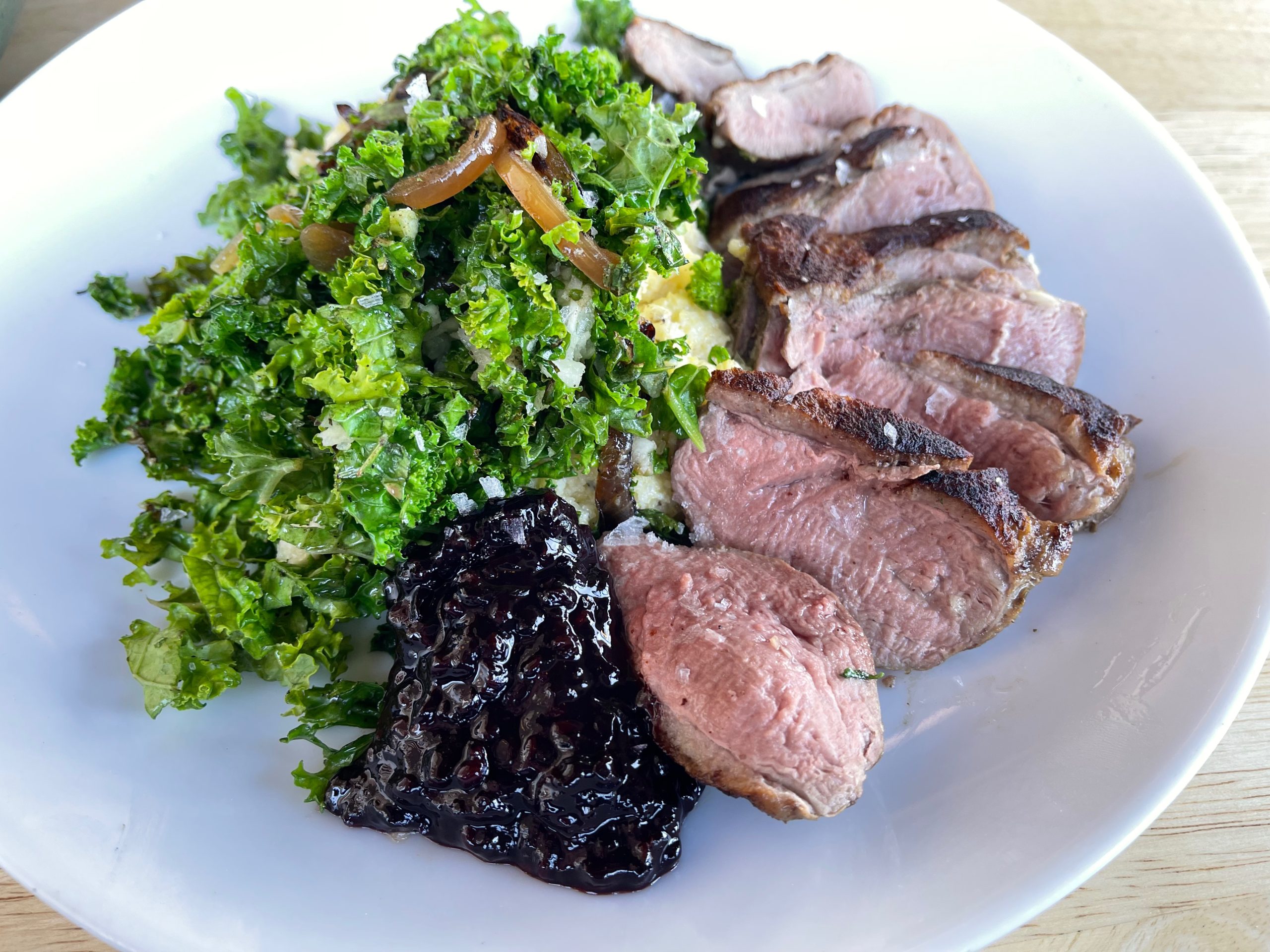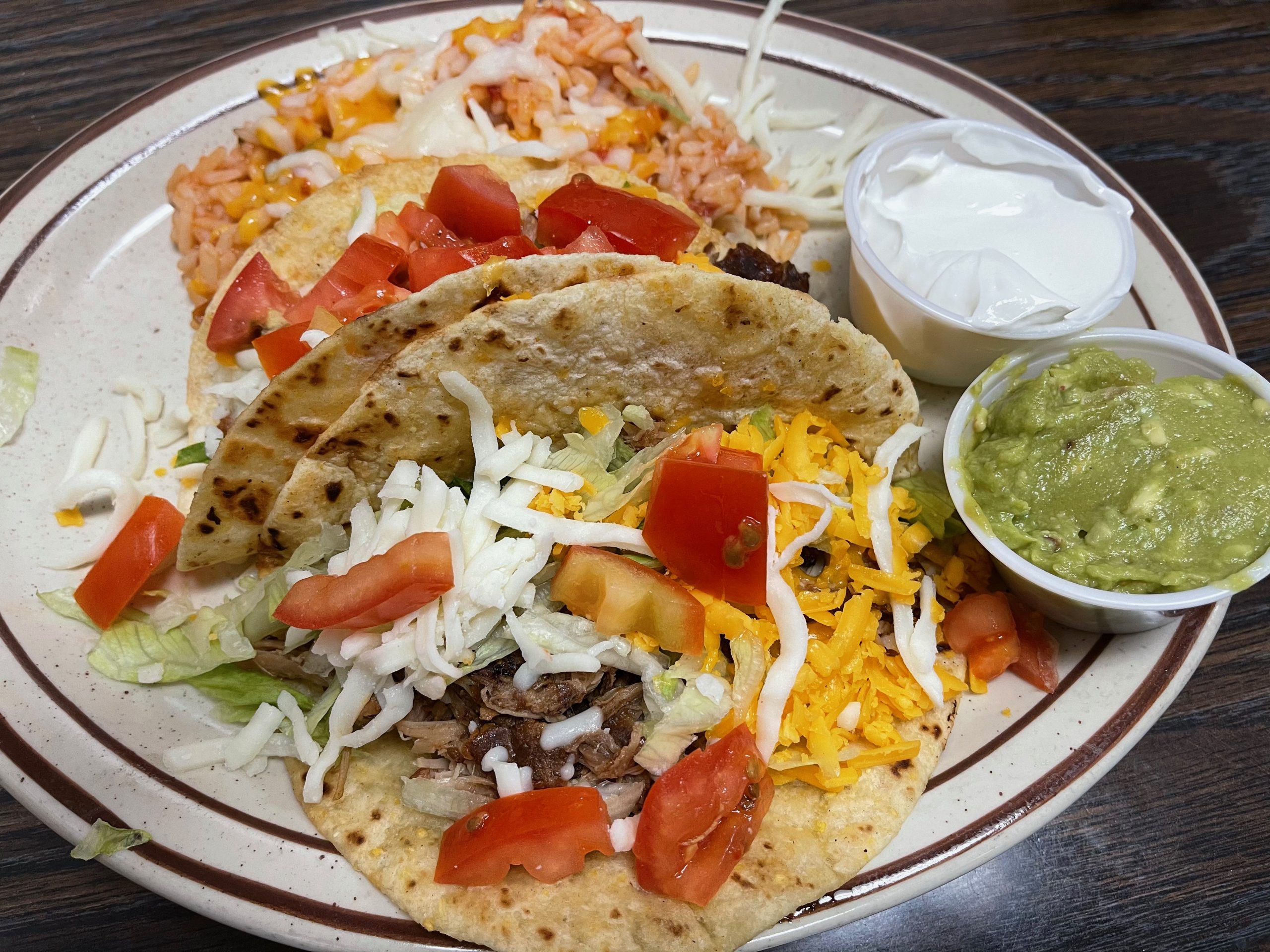Salsa Brava – Flagstaff, Arizona
As the feminine form of “bravo,” brava translates from Spanish and Italian to “well done,” “excellent,” or “good.” Brava is often used to praise a female performer, often in conjunction with or preceding requesting an encore for a performance well executed. Stemming from Italian and Spanish, brava can also be used to mean brave, angry or fierce. I’m one of those Hispanic gents who expects…make that demands, salsa to be fierce and angry. I want my salsa to bite me back, to reenforce through its potency and piquancy that pain is a flavor. That’s especially true when a Mexican restaurant sports the audacious name “Salsa Brava.” Salsa Brava is a perpetual “best of the city” award-winner in Flagstaff. It’s been…








